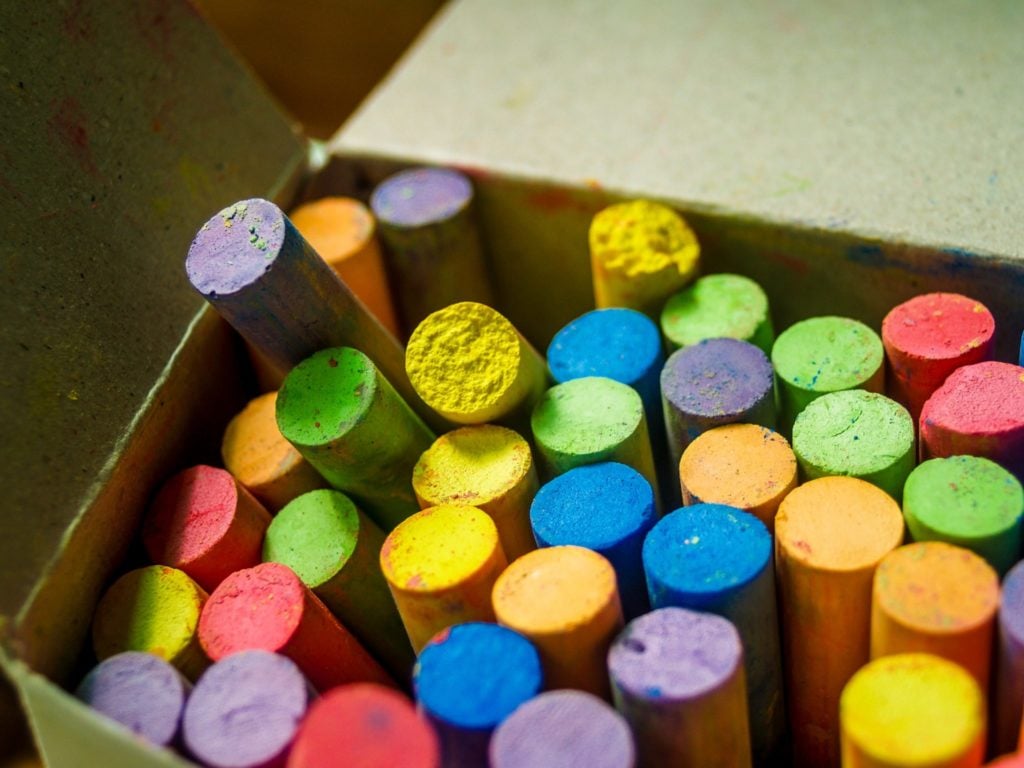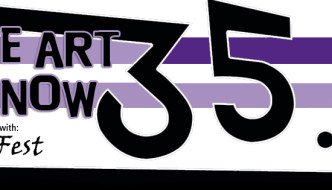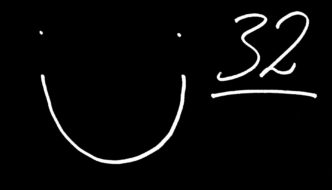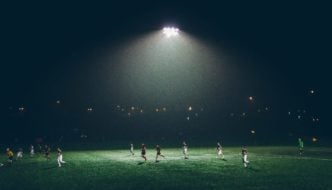
Photo by icon0.com from Pexels
Restricted access to arts education is clearly creating a two-tiered society, while educational reforms continue to neglect the arts.
When Sheku Kanneh-Manson won the BBC’s Young Musician of the Year in 2016, I was bowled over by his virtuosic performances. Yet, the emphasis placed on his state school education was very disappointing – it seemed as if musical virtuosity was a talent only reserved for young people lucky enough to attend private schools.
Recently, the Labour MP, Lucy Powell campaigned to “level the playing field and break the stranglehold that private education has on social mobility.” Her focus on redressing the balance between public and private education is commonplace in our current political climate, where many MPs are considering how to address the stagnation of social mobility. So far, the scrutiny of the opportunity gap has largely focused on educational inequality and the fact that unpaid internships are becoming increasingly common, yet the neglect of arts education in state schools also contributes to the perpetuation of a two-tier society.
According to a report by the Organisation for Economic Co-Operation and Development (OECD), an international economics think tank, children face limits on their future career aspirations by the age of seven. The report shows that, for many young people, work-based goals are often narrow in scope and based on jobs that are already familiar, such as those common to friends and family.
As such, arts-based careers are seen as out of reach for young people from lower socio-economic backgrounds. On top of that, an internship is seen as vital for getting your foot in the door for many professions in the arts, but unpaid internships are only an option for individuals privileged enough to not need an income. One of the consequences of this is the decline of interest in arts subjects at school. Over the past four years, the number of pupils taking up music at GCSE has fallen by 17%. Entries for English Language A-Level dropped by 22% last year and over 3000 fewer students sat English Literature compared to 2018.
This ‘arts emergency,’ as writer Michael Rosen refers to it, has dire consequences for the future of arts in the UK, but it’s also an epidemic that plays into the widening opportunity gap.
It’s easy to see how the focus on sellable labour-power has reduced access to an arts education. Funding, particularly in state schools, is geared towards ‘value’ subjects that generate a monetised output. While private school pupils reap the benefit of music and drama lessons, students at state schools are encouraged to focus on STEM subjects that are linked to vocational degrees and secure, in-demand jobs. This contributes to social disparity by creating a culture where the arts are elite and increasingly inaccessible.
An exception to this is the Frederick Bremer school in Walthamstow, which was transformed by the choice to put music at the heart of its curriculum: every pupil was given a musical instrument and free music lessons. The headteacher, Jenny Smith, believes that music is transformative because playing with others teaches resilience, interdependence and teamwork. She says that music “helps on every level, from behaviour through to academic level of achievement and […] self-esteem because music is an empowering force for all kids.”
The same transformative power can be seen at Feversham, a primary school in Bradford, where all pupils are given up to six hours of music tuition. Based in one of the city’s most deprived areas, Feversham was in special measures, with numerous budget issues and results getting steadily worse. Feversham is now consciously fostering creativity and the school’s headteacher attributes their SATs success to a focus on the arts.
Unfortunately, for most under-funded state schools arts subjects are the first to go, but the examples of Frederick Bremer and Feversham demonstrate that arts education is beneficial in a multitude of ways. It transforms the opportunities that young people have by nurturing much-needed soft skills, through the inclusion and emphasis on music, visual art and drama.
Creativity is increasingly becoming a luxury and it is time for educational reforms to finally concentrate on the glaring neglect of the arts. Redressing the inequality of arts education is absolutely key and should be the first step in tackling the opportunity gap.
Filed under: Politics
Tagged with: art, art education, creative, drama, inequality, literature, music, opportunity gap, school, sellable, social mobility, state school, stem, subjects, two-tier society



Comments